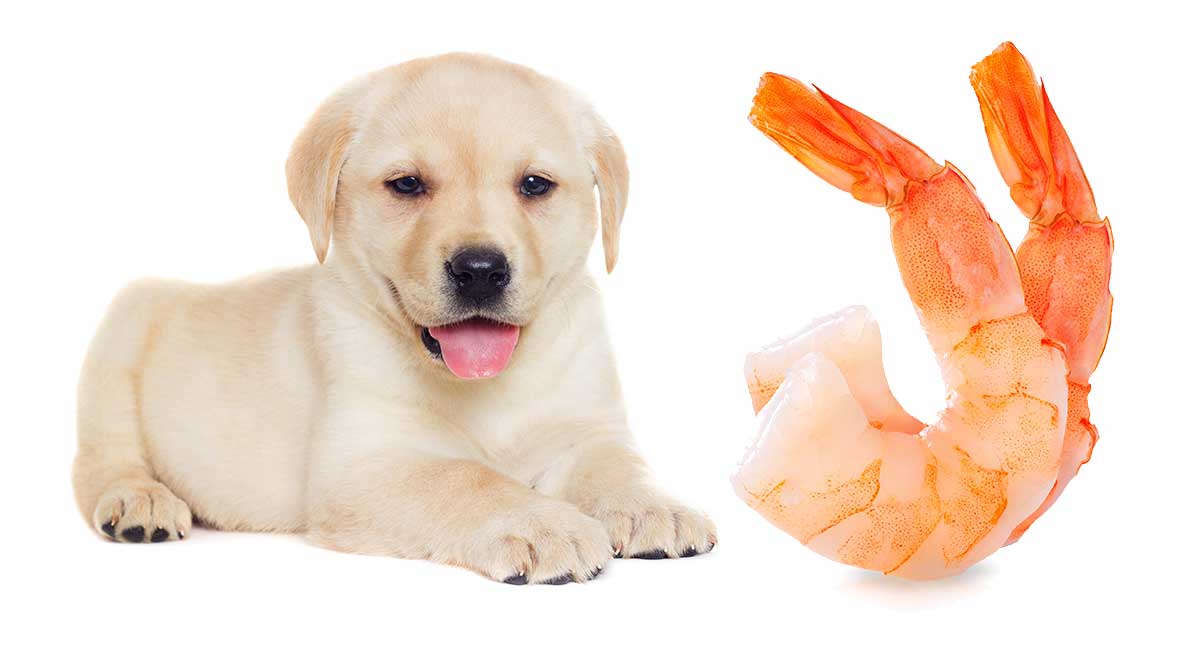Sea fishing, or saltwater fishing, offers a variety of challenges and experiences that are different from freshwater fishing. Anglers pursuing fish in the vast oceans and seas require gear that can handle not only the species being targeted but also the unique conditions of saltwater environments. One of the essential tools in an angler’s arsenal is the spinning rod. But what should it be like for optimal sea fishing? Here’s a guide to understanding the intricacies.
1. Length: Longer Rods (7-9 Feet) are Best
Why Go Long?
When it comes to sea fishing, distance can often be an ally. Longer rods enable the angler to cast further, which is particularly useful when fishing from shore or jetties. A farther cast increases the chances of reaching distant schools of fish or deep underwater structures where fish may be hiding.
Versatility Matters
In addition to distance, a 7-9 foot rod provides versatility. Whether you’re casting large baits or lures, surf fishing, or even jigging from a boat, a rod of this length can accommodate different sea fishing styles.
2. Power: Go for a Medium or Medium-Heavy Power
Battle the Big Ones
The power of a rod refers to its resistance to bending. In the sea, you’re likely to encounter larger, stronger fish than in freshwater. Medium to medium-heavy power rods ensure you have enough backbone to fight these big fish without the rod snapping.
Adapt to the Conditions
Sea conditions can be unpredictable. The weight of the lures or baits, combined with the force of the waves and currents, requires a rod with a decent amount of power. A medium or medium-heavy rod can handle these conditions while still offering sensitivity to detect bites.
3. Action: Fast or Extra Fast Action is Ideal
Sensitivity is Key
The action of a rod describes where it bends. Fast and extra fast action rods bend nearer the tip. This feature ensures that even the slightest nibble or movement is easily felt, allowing the angler to respond swiftly.
Hook Setting Power
With the bending focused on the rod’s tip, fast-action rods provide excellent hook-setting power. When a fish bites, a quick and powerful hook set can be the difference between landing the catch or going home empty-handed.
4. Guides: More Guides Allow for Better Line Control
Smooth Casting and Retrieval
Guides are the rings attached along the rod that help control the line. The more guides a rod has, the more evenly distributed the tension from the line becomes during casting and retrieval. This results in smoother, more accurate casts and reduces stress points on the rod.
Protection Against Wear and Tear
More guides mean less direct contact between the line and the rod blank. This reduces friction and wear over time, especially important in salty environments which can be corrosive. Read more at the link: kirill-yurovskiy-fishery.co.uk/reports/
5. Reel Seat: Choose an Extended Reel Seat
Firm Attachment
The reel seat is where the reel is attached to the rod. An extended reel seat provides more surface area for the reel to attach, ensuring a more secure connection. This is vital when battling strong sea fish that can exert a lot of force on the gear.
Comfort and Balance
An extended reel seat can offer better balance, especially on longer rods. This balance can lead to increased casting accuracy and reduced fatigue during prolonged fishing sessions.
6. Handle: Cork or EVA Foam Provide Comfort
The Importance of Grip
A handle plays a significant role in the angler’s control and comfort. It’s the part of the rod that will be in contact with the angler for the longest time, so choosing the right material is crucial.
Cork vs. EVA Foam
Both cork and EVA foam are popular choices among seasoned anglers. Cork is traditional, offers a warm feel, and can provide a sensitive grip, allowing the angler to feel the subtlest of bites. On the other hand, EVA foam is durable, resistant to saltwater conditions, and provides a comfortable grip, especially during long fishing sessions.
7. Rod Weight: Lightweight yet Durable Graphite or Composite
The Balance of Strength and Weight
A heavy rod can quickly lead to angler fatigue, especially during extended periods of casting and retrieving. But you also need something strong enough to withstand the power of the sea and its inhabitants.
Graphite vs. Composite
Graphite rods are prized for their lightweight properties and sensitivity. They can detect the slightest disturbances in the water. Composites, which can be a blend of graphite and fiberglass, offer a balance of sensitivity, strength, and flexibility. They are generally more durable than pure graphite rods.
8. Line Rating: Match the Line Weight Rating for Optimal Performance
The Perfect Pair
Every rod has a line rating, usually indicated in a range like 10-20 lbs. This rating tells the angler the optimal line strength to use with that particular rod. Matching the line rating ensures the rod performs at its best.
Stay Within Limits
Using a line weight that’s too heavy for the rod can damage it, while a line that’s too light might not effectively handle larger fish. Adhering to the line rating ensures a balance between strength and flexibility.
9. Drag System: Quality Drag for Fighting Bigger Fish
The Role of Drag
The drag system allows the line to be pulled out under tension, preventing breakage when a powerful fish makes a strong run. A smooth, adjustable drag system is indispensable in sea fishing.
Opt for Quality
A good drag system will operate smoothly, without jerky movements, allowing the angler to tire out a fish rather than risking a broken line. Ensure that the drag system is easily adjustable and made of high-quality materials.
10. Corrosion Resistance: Aluminum Oxide Guides Prevent Rusting
Sea’s Silent Adversary: Salt
Saltwater is notoriously corrosive. All components of your spinning rod that come into contact with saltwater should be resistant to corrosion to ensure longevity.
The Superiority of Aluminum Oxide
While there are various materials available for rod guides, aluminum oxide stands out for its excellent corrosion resistance. These guides not only prevent rusting but also offer smooth line flow, enhancing the rod’s overall performance.








